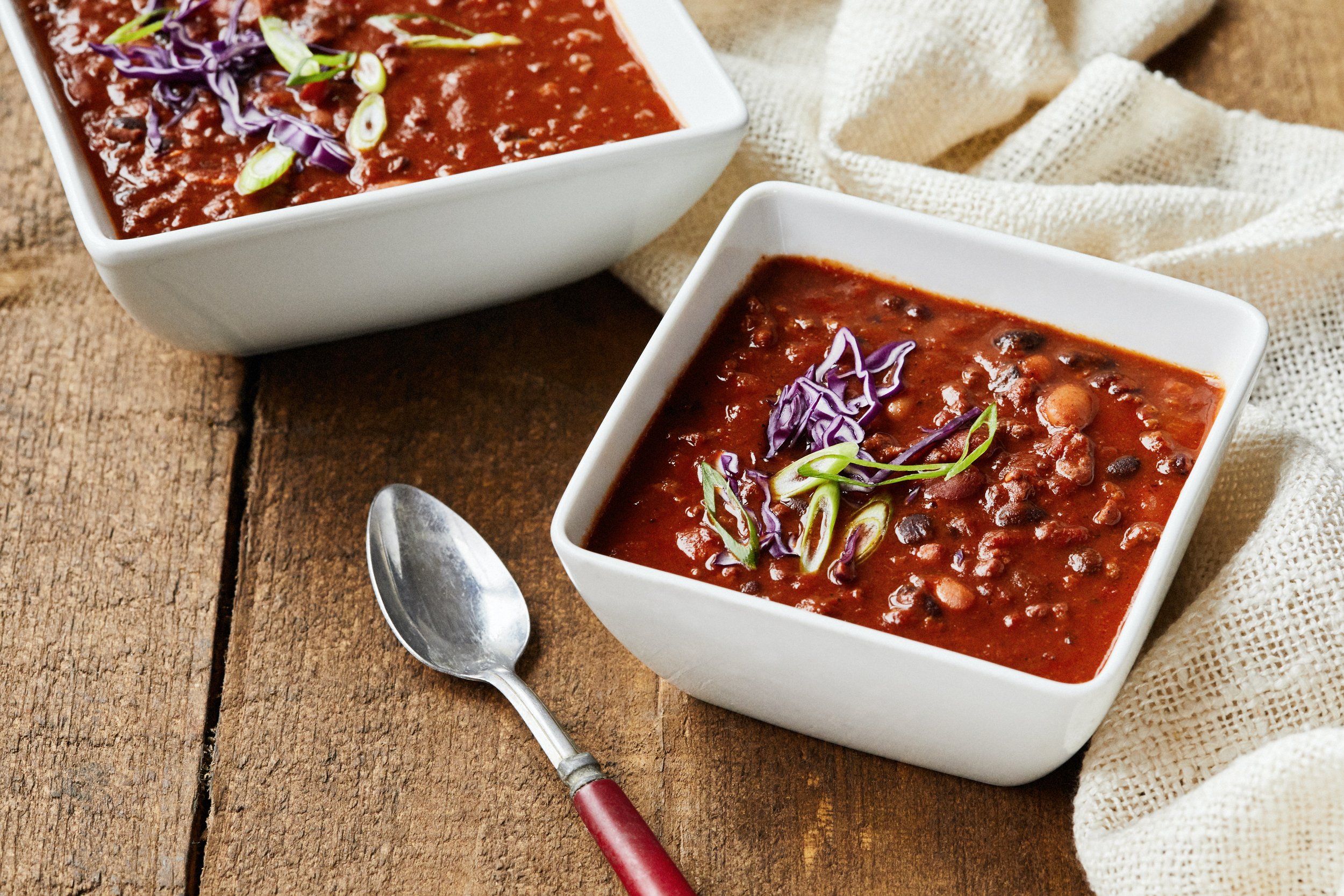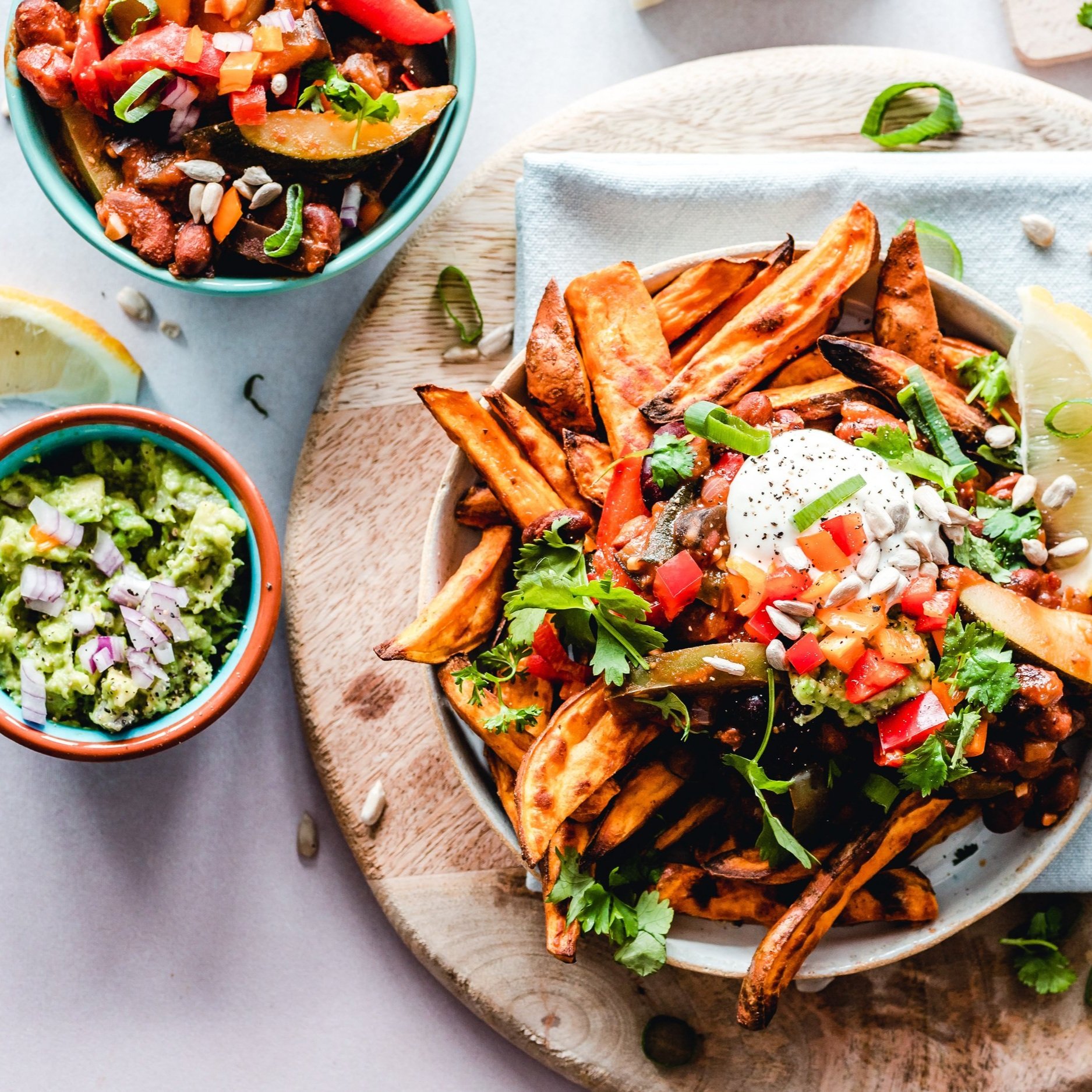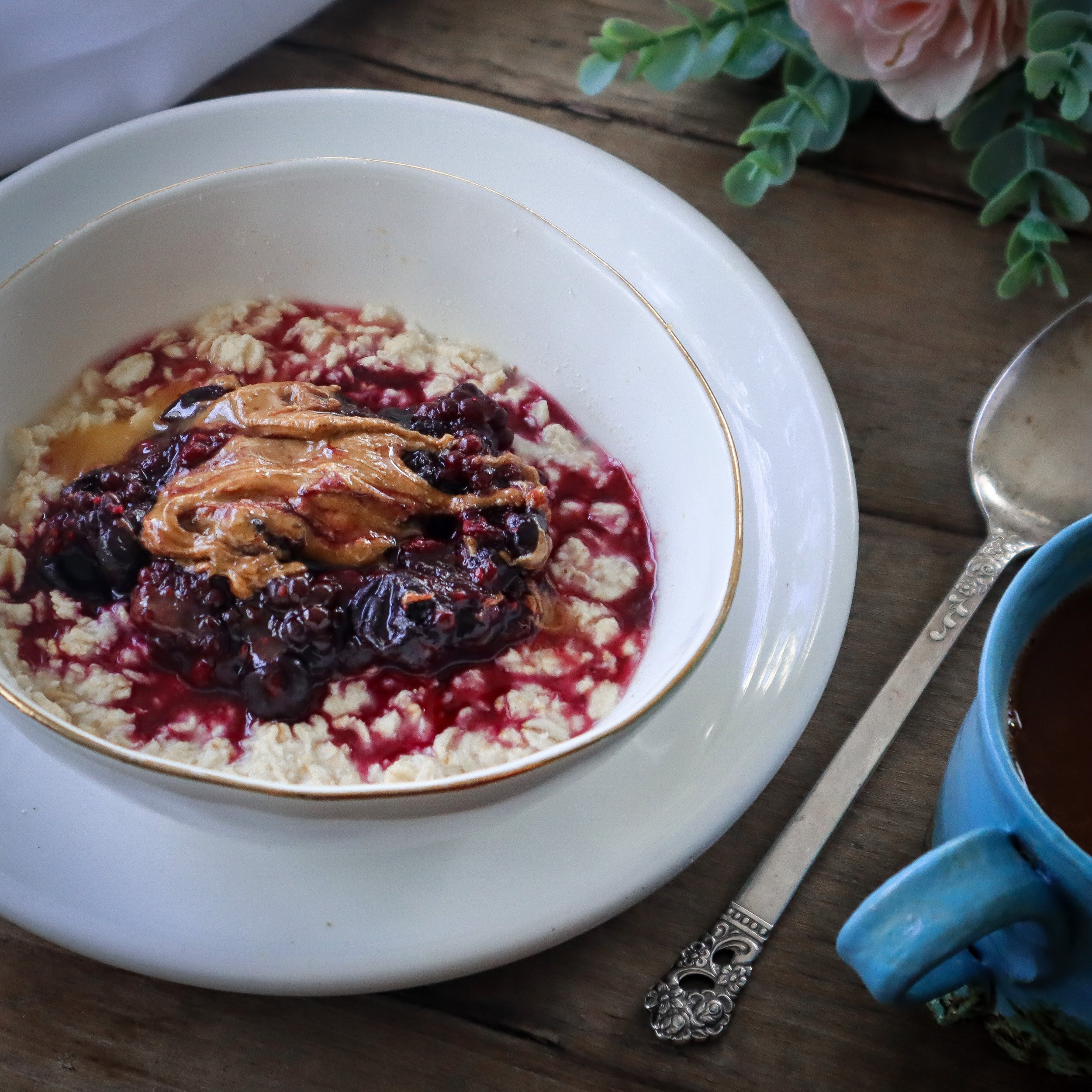Comfort Eating: Changing the Way You Think About Food and Feelings
Our use of language around food is fascinating. Many of us unconsciously label meals or ingredients as bad, naughty, a cheat, or even comfort food. These emotionally loaded terms often trigger feelings of guilt and the urge to “make up” for what we ate by “being good” next time.
This pattern of thinking is deeply embedded in our cultural conditioning. But constantly judging our eating habits can seriously affect our emotional and physical wellbeing. In my work with hundreds of women who feel confused about their relationship with food, I’ve found that the way we label food can become a real barrier to achieving the calm, balanced, and happy relationship with eating that so many of us long for.
Why We Crave Comfort Food
Let’s take comfort food as an example.
What comes to mind when you hear that phrase?
Many of my clients describe themselves as comfort eaters, linking emotional states — stress, sadness, joy — to certain foods that bring a sense of safety, relief or nostalgia. It’s completely normal to crave food for emotional reasons. In fact, research shows flavour and texture play a huge role in our food choices during emotional times, which explains why high-sugar or high-fat foods often top the list. They provide quick gratification — but the feel-good effect is usually fleeting.
The Role of Seasons and Emotional Eating
Comfort eating can also be influenced by the seasons. Winter naturally invites us to hibernate and seek warmth. During this time, many of us are instinctively drawn to richer, more grounding foods. This isn’t a lack of willpower — it’s a normal, intuitive response to the environment around us.
Instead of fighting it, I encourage embracing the desire for comfort food in a way that supports both your body and emotions.
I prefer to actively think of comfort food as something nourishing, satisfying, and sustainable.
For me, comfort food means meals that include colour, texture, aroma, and delicious flavour. It’s about food that restores, not just fills. I’ve worked to shift my own perception of what comforting meals look like — and I help my clients do the same.
Mindful Comfort Eating: A Gentle Shift in Perspective
Mindfulness can play a key role in transforming your experience of comfort eating. Simple strategies like positive anticipation — thinking about what a meal will look, taste, and feel like — can help you slow down and reconnect with the enjoyment of eating. It also supports retraining the brain to make more nourishing food choices, especially in emotional moments.
The interesting thing about shifting our food beliefs is that it can physically change our cravings.
This is thanks to neuroplasticity, the brain’s ability to rewire its thinking and behaviours. Over time, as you introduce new thoughts and habits around food, the emotional pull toward sugar or highly processed options can lessen.
Your gut health may also play a part. Although research is still emerging, the gut microbiome appears to influence cravings, hunger signals, and food preferences. Feeding your gut with fibre-rich, whole foods may help reprogram your desires for comfort food in a more lasting way.
How to Create Nourishing Comfort Food
If you want to start redefining comfort food in a more helpful way, begin by imagining what truly nourishing and comforting food might look like for you.
For example, in the winter months, I love:
A rich Tuscan bean soup with olive oil and fresh herbs
Roasted sweet potatoes with vegetable or beef chilli, topped with creamy avocado
A no-fuss chicken and veggie traybake with garlic and rosemary
Steaming bowls of porridge with nut butter, seeds, and berries
I visualise these meals — the colours, textures, and warmth — and picture how I’ll feel while eating them. Unlike quick-fix comfort foods that spike blood sugar and leave you tired or hungry soon after, these meals are designed to satisfy both body and mind.
Three Key Ingredients for Satisfying Comfort Food
To help comfort food truly comfort you (and carry you through more than an hour!), aim to include these three essential elements:
1. Protein
Think: meat, fish, eggs, lentils, beans, quinoa, tofu, peas, or nuts and seeds.
2. Healthy Fats
These are found in olive oil, oily fish, eggs, nuts, avocado, coconut milk, and seeds.
3. Fibre
All plant foods count: vegetables, pulses, fruits, whole grains, nuts and seeds.
Including these components in meals helps balance blood sugar, support gut health, and improve your emotional and physical resilience around food.
Final Thoughts on Emotional Eating and Comfort Food
Changing your relationship with comfort eating isn’t about giving up the foods you love. It’s about reshaping your experience so that food supports — rather than sabotages — your wellbeing.
Small, compassionate steps — like shifting your language, practicing mindfulness, and redefining what comfort food looks like — can make a huge difference over time.
And the next time you reach for something to eat when emotions are running high, try asking: What kind of comfort do I truly need right now?
Want to feel calmer and more in control of your eating habits?
Explore my Liberate Food Freedom Programme — a compassionate, evidence-based approach to helping you unlearn diet rules and reconnect with food in a healthy, enjoyable way. Learn from me through a series of thoughtfully put together modules, online sessions together, and a community of women who are just like you.




